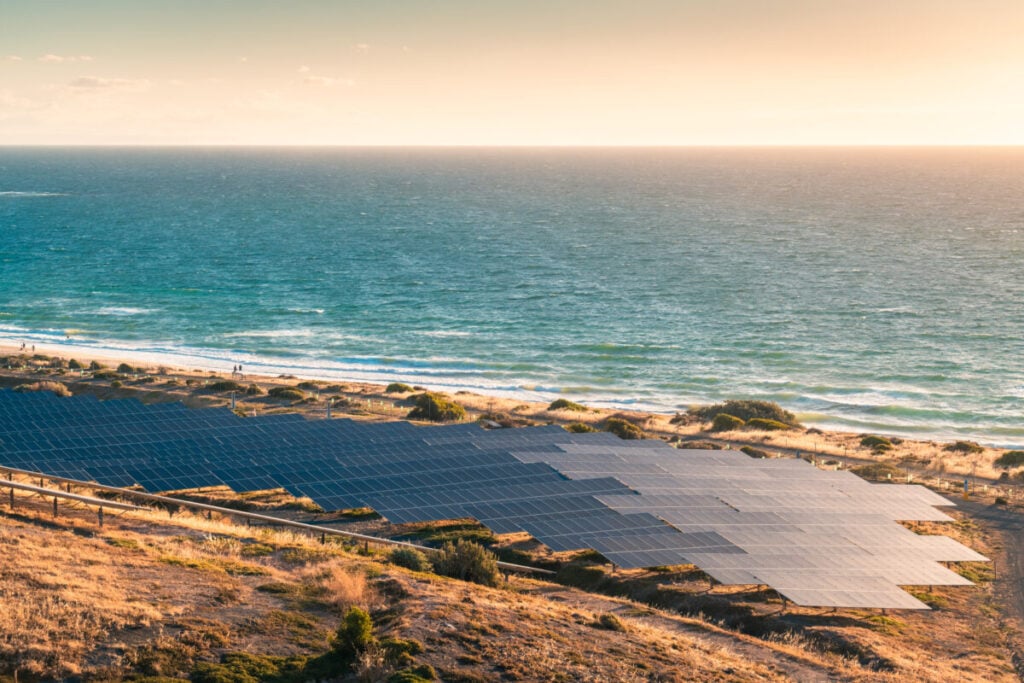
Australia’s National Electricity Market (NEM) set a new instantaneous renewable energy share record of 78.6% at 11:50 on 22 September, surpassing the previous day’s record of 77.9%.
Simultaneously, variable renewable energy, such as wind and solar, reached 75.9% of total generation, according to data analysis from Geoff Eldridge of Global Power Energy (GPE NEMLog).
Try Premium for just $1
- Full premium access for the first month at only $1
- Converts to an annual rate after 30 days unless cancelled
- Cancel anytime during the trial period
Premium Benefits
- Expert industry analysis and interviews
- Digital access to PV Tech Power journal
- Exclusive event discounts
Or get the full Premium subscription right away
Or continue reading this article for free
Rooftop solar’s contribution peaked at 45.9% of total demand, representing nearly half of all electricity consumed across the five NEM states and territories. This solar penetration forced coal generation down to a historic minimum of 21.9%, while combined coal and gas generation fell to just 22.5% of the mix.
Beyond the instantaneous records, the NEM achieved an arguably more significant milestone on 21 September, when the rolling seven-day mean renewable energy share exceeded 50% for the first time, reaching 50.8% by 22 September.
This threshold crossing demonstrates that renewable energy is no longer just peaking momentarily but providing the majority of Australia’s electricity consistently across extended periods.
For context, according to NEM data, the seven-day renewable energy average first crossed 20% in April 2018, reached 30% in November 2019, and surpassed 40% in September 2022.
Despite these achievements, several challenges remain in the NEM, notably curtailment.
During the record-setting period, 12.3% of potential renewable energy generation was curtailed – clean electricity that could have been produced but was held back due to grid constraints or negative pricing.
Battery energy storage, while present in the system, played a relatively modest role during the record events, absorbing approximately 3.9% of generation at midday but discharging little during peak moments.
hydropower provided between 2-11% of generation, demonstrating how flexible dispatchable sources can help stabilise the system.
The record renewable energy penetration also follows a dramatic month-on-month increase in solar generation. According to our latest NEM data spotlight, available for PV Tech Premium subscribers, in August 2025, utility-scale and rooftop solar PV generation in the NEM saw a 22.5% increase to 3,338GWh compared to July, reflecting the seasonal shift from winter to spring.






